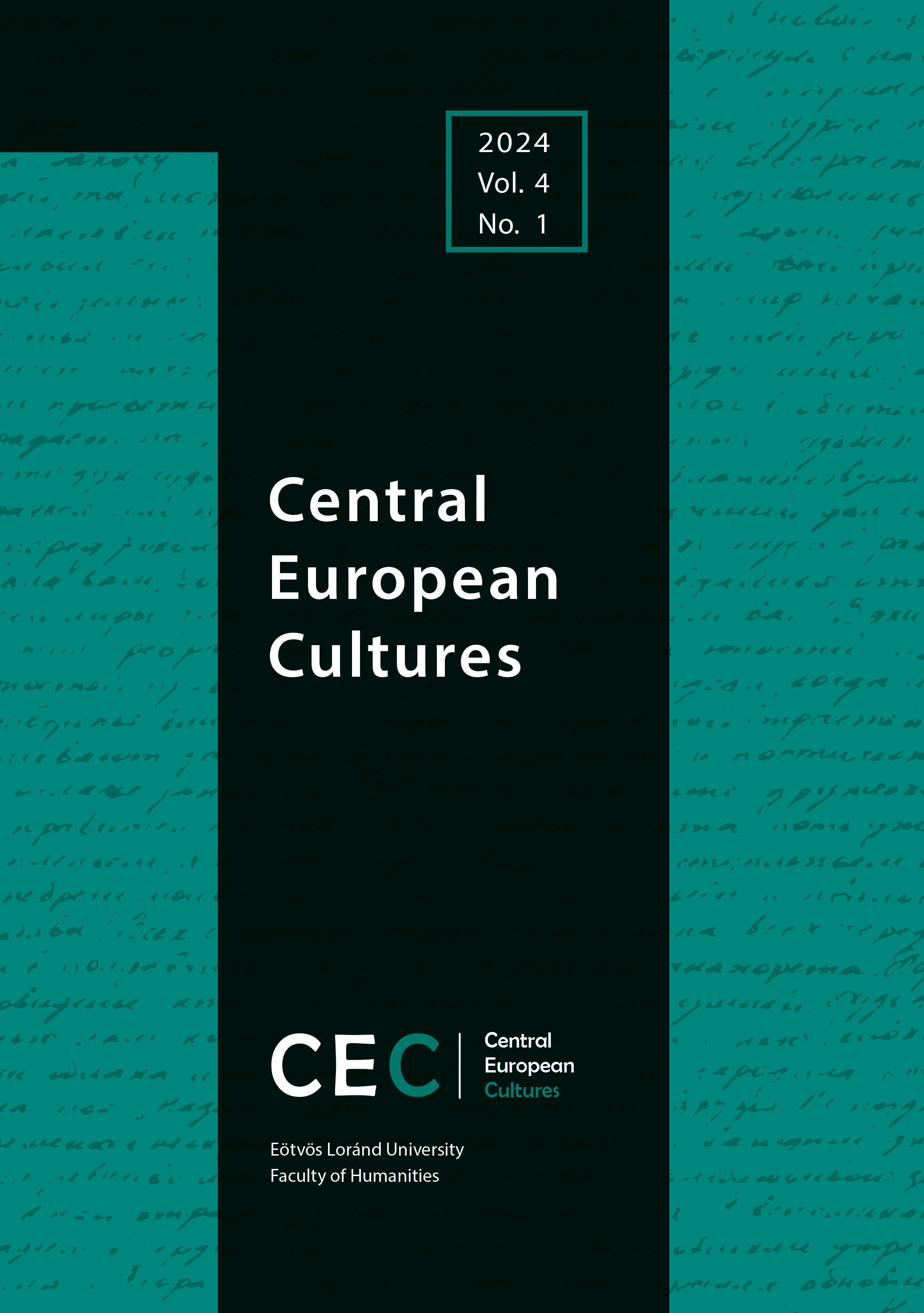“Crowds confined into phalansteries built from their own data, human mass regressed into a hedonistic infant body.”: Isolation and Crowd in László Garaczi’s Novel Weszteg
Published 2024-09-16
How to Cite
Copyright (c) 2024 Author(s)

This work is licensed under a Creative Commons Attribution-NonCommercial 4.0 International License.
Abstract
The article examines how László Garaczi’s Weszteg portrays isolation and mass formation in the context of the coronavirus pandemic. In the first part of my essay, I investigate the representation of the “quarantine state.” I argue that in the novel, technology deepens isolation instead of helping to connect with others. In the next section, I examine how the novel depicts the transformation of our relationship with “live” presence, physical proximity, and mass situations due to the pandemic and increasing technological mediation. As I show, physical contact with others and being in a crowd appear exclusively as inconvenient, frustrating, or threatening experiences in the novel. Thereafter, I analyze the dystopian images of violent, barbaric crowds in the text. I claim that they condense collective fears arising from the pandemic, and the novel sensitively points out the mechanisms of scapegoating in times of crisis. Finally, I argue that the novel also vividly portrays a mass experience that is not connected to physical presence. The “virtual crowd,” organized with the facilitation of mass media, is depicted as a multitude of lonely, isolated individuals. I scrutinize the characteristics of this crowd, as well as the role of biopolitical power and mass media—especially aggressive news streams—in organizing the masses and maintaining isolation.

